Following a reported no-show from Democratic leadership, Sen. Rand Paul (R-KY) led an explosive first-ever congressional hearing on gain-of-function research Wednesday afternoon. It revealed new alarming information about how taxpayer dollars have funded the controversial virus-enhancing practice and if such super-charging of viruses in lab experiments led to the deadly COVID-19 pandemic.
Paul acted as chairman when zero Senate Democrats bothered to show up, per The Daily Signal, even Sen. Maggie Hassan (D-NH), the subcommittee chairwoman whose name was listed on the hearing’s schedule.
1 Million American Deaths Later: A first-of-its-kind congressional hearing on gain-of-function research
The hearing—titled “Revisiting Gain-of-Function Research: What the Pandemic Taught Us and Where Do We Go From Here” and held by the Senate Homeland Security & Governmental Affairs Subcommittee on Emerging Threats & Spending Oversight inside the Dirksen Senate Office Building via video conference—examined federal investment on the taxpayer’s dime into the research method that involves the manipulation of pathogens, such as enhancing the transmissibility of viruses to be more contagious and severe to humans.
Even though gain-of-function research “has the potential to unleash a global pandemic that threatens the lives of millions,” Paul said, the hearing is the first-of-its-kind. This public panel on gain-of-function research follows a grave milestone: the COVID-19 health crisis has claimed the lives of over 1 million people in the U.S. alone. Paul, a ranking subcommittee member, noted on Twitter that it was “a year-long process” to get congressional Democrats to “finally agree to a hearing” on the contentious matter “that should’ve happened long ago.”
The conservative lawmaker again emphasized mid-hearing that it’s the first time the hotly-debated issue has been scrutinized under a congressional committee, urging for stronger government oversight over how U.S. taxpayer funding is being utilized to finance hazardous experimenting with possibly fatal diseases.
After more than a million U.S. deaths due to COVID-19, the American people deserve answers.
Sen. Rand Paul during Congress' first-ever gain-of-function hearing:
"Gain-of-function research has the potential to unleash a global pandemic that threatens the lives of millions, yet this is the first time the issue has been discussed in a congressional committee…" pic.twitter.com/oLZepluhYN
— Townhall.com (@townhallcom) August 3, 2022
Ahead of the hearing, Paul vowed to find answers on the suspected Chinese origins of COVID-19, arguing in previous remarks on the Senate floor that there is significant evidence that the coronavirus pandemic originated in a Wuhan laboratory. Last year, Paul made national headlines sparring with the White House’s golden boy Dr. Anthony Fauci, director of the National Institute of Allergy and Infectious Diseases and chief medical advisor to President Joe Biden, over whether the National Institutes of Health has funded gain-of-function experiments at the Wuhan Institute of Virology. The GOP senator has been a vocal critic of Fauci’s pandemic guidance as well as a skeptic opponent of scientists breeding lab-concocted “super-viruses,” especially on American soil.
Wuhan Lab Leak Theory: Did the COVID-19 pandemic begin with a natural virus?
Dr. Steven Quay, chief executive officer of Atossa Therapeutics, delivered expert testimony before the subcommittee that supported Paul’s argument, declaring: “There is no dispositive evidence the pandemic began as a spillover of a natural virus in a market. All evidence is consistent with a laboratory-acquired infection.” Quay commented that he’s willing to testify under other and publicly debate any virologist on his conclusion, also adding that he believes the viral release was “accidental” and “not deliberate.”
Witness Dr. Steven Quay:
"There is no dispositive evidence the pandemic began as a spillover of a natural virus in a market. All evidence is consistent with a laboratory-acquired infection." pic.twitter.com/JQDkAPjkWx
— Townhall.com (@townhallcom) August 3, 2022
“The virus has three genomic regions that have the signature of synthetic biology—that is, gain-of-function research,” Quay wrote in his opening statement. One region of SARS2 called ORF8 has “features of forbidden gain-of-function research: asymptomatic transmission and immune-system evasion,” Quay explicated in-person. In his written testimony, Quay said they’re often “associated with bioweapons development.”
‘Manmade Pandemics’: The threat of biological warfare
Dr. Kevin M. Esvelt, the MIT Media Lab’s assistant professor of media arts and sciences, pinpointed what could be the sinister end game: weaponizing pandemic-capable viruses as bioweapons to wage biological warfare against a world power’s foreign adversaries and political opponents. “The problem is that we are so used to thinking of pandemics as a health and safety issue that we have missed the national security implications of identifying viruses that could be deliberately unleashed to kill millions of people,” Esvelt testified.
Witness Dr. Kevin M. Esvelt:
"We are so used to thinking of pandemics as a health and safety issue that we have missed the national security implications of identifying viruses that could be deliberately unleashed to kill millions of people." pic.twitter.com/x7DlnosQSM
— Townhall.com (@townhallcom) August 3, 2022
To illustrate, Esvelt recalled when the genome sequence of SARS-CoV-2 was first posted online, scientists didn’t have to wait for physical samples of the virus to become available to begin studying it and start working on countermeasures. Scientists were able to order synthetic DNA corresponding to the genome of the pathogen and assemble infectious samples using “freely available” step-by-step protocols, Esvelt explained. From a biomedical perspective, it was “a triumph,” given the inexpensive cost of synthetic genes. But from a security point-of-view, it meant thousands of researchers could gain easy access to a novel pandemic agent.
At another point in the hearing, Sen. Josh Hawley (R-MO) asked Quay: “Are you concerned with the continuation and expansion of Chinese gain-of-function research?” Quay said that in December 2019, the Chinese were doing synthetic biology on a cloning vector of the Nipah virus, which is 60% lethal.
In comparison to the widespread damage dealt by the coronavirus, Quay warned in his submitted written remarks that a lab-acquired infection with a modified Nipah virus “would make the COVID-19 pandemic look like a walk in the park,” stressing in the document’s conclusion: “The work of this [Senate] committee is critical to protecting the American people and, really, the world at large, from future manmade pandemics.”
“We just experienced a 1% lethal virus,” Quay pointed out on the panel. “My estimates would be that could set us back a millennium. The black plague was a 20% lethal event and it was 250 years for civilization to return.”
Sen. Josh Hawley: "Are you concerned with the continuation and expansion of Chinese gain-of-function research?"
Dr. Quay: "They were doing synthetic biology on a cloning vector of the Nipah virus, which is 60% lethal. We just experienced a 1% lethal virus…" pic.twitter.com/ydeY1Gj8OE
— Townhall.com (@townhallcom) August 3, 2022
Esvelt posited that findings from U.S. gain-of-function research are published in top-tier scientific journals, painting the practice as “glamorous,” which “drives these incentives.” It’s one subject where U.S. interests are “aligned” with China’s and that of “every other established nation,” Esvelt said, naming “tools of mass death.”
Dr. Esvelt on how US gain of function research provides perverse incentives for China: pic.twitter.com/enoSfQGG4o
— Senator Rand Paul (@SenRandPaul) August 3, 2022
Fibbin’ Fauci: ‘Blatant dishonesty’ about the NIH funding gain-of-function research in China
In response to a congressional inquiry from October of 2021, the NIH attempted to walk back assertions by NIH director Dr. Francis Collins and Fauci claiming that the agency had not funded gain-of-function research in Wuhan. Hawley read a statement from Dr. Richard H. Ebright, the Waksman Institute of Microbiology’s laboratory director at Rutgers University, in which he said that NIH officials, specifically Fauci, “lied to Congress, lied to the press, and lied to the public knowingly, willfully, brazenly.” Hawley asked Ebright, “What are the implications of Dr. Fauci’s continued blatant dishonesty regarding NIH’s funding of gain-of-function research in Wuhan? Ebright told Hawley: “I stand by my statement.” Pivoting, he said, “The statements made on repeated occasions to the public, the press, and to policymakers by the NIAID director, Dr. Fauci, have been untruthful. I do not understand why those statements are being made, because they are demonstrably false.”
Sen. Hawley reads a statement from Dr. Richard H. Ebright that NIH, Dr. Francis Collins, and Dr. Anthony Fauci lied about funding gain-of-function research in Wuhan.
Dr. Ebright: "I stand by my statement. The statements made on repeated occasions…have been untruthful." pic.twitter.com/ngLADex1vl
— Townhall.com (@townhallcom) August 3, 2022
Last year, damning emails belonging to Fauci, nicknamed “The Godfather” of gain-of-function research, revealed that the Biden administration’s point person on infectious diseases was told by an NIH scientist in late January 2020 that the coronavirus looked like it was “potentially engineered” in a laboratory setting.
The federal government from 2014 to 2019 handed almost $600,000 to the nonprofit EcoHealth Alliance, which used the funds to pay for coronavirus research at the Wuhan lab. Infectious disease experts, including Ebright, have described EcoHealth Alliance’s work with the Chinese institute as gain-of-function research.
The Very Beginning: When was gain-of-function research first considered?
Sen. Ron Johnson (R-WI) asked “How long have we even had this capability?” while referring to the capacity to conduct gain-of-function research. Ebright said that discussions pertaining to the topic “have been underway” since 2002 and 2003. The first known examples involved the reconstructions of eradicated or extinct pathogens, which presented a prototype for understanding experiments that would create new health threats and a need to address them, Ebright said, underscoring that it’s been “a two-decades-long discussion.”
Sen. Ron Johnson: "How long have we even had this capability" to conduct gain-of-function research?
Dr. Ebright: "The discussions have been underway since 2002 and 2003. The first examples involved reconstructions of previously eradicated or extinct pathogens…" pic.twitter.com/nvrca4sn2o
— Townhall.com (@townhallcom) August 3, 2022
In his opening commentary, Ebright defined gain-of-function research as “highly consequential” scientific exploration that entails the creation of new health threats to humankind at-large, which “did not exist previously and that might not come to exist by natural means for tens, hundreds, or thousands of years.”
"Gain of function research of concern involves the creation of new health threats – health threats that did not exist previously and that might not come to exist by natural means for tens, hundreds, or thousands of years." – Dr. Richard Ebright in his opening remarks pic.twitter.com/vpj1Tz2Q4v
— Senator Rand Paul (@SenRandPaul) August 3, 2022
Paul has observed that the dangers of such research are “so acute” that under the Obama administration, the NIH had suspended funding for all gain-of-function projects until a risk assessment protocol could be developed. Operations resumed under President Donald Trump in 2017 once a special committee review process was established to help manage and mitigate the related risks. Speculation remains about whether the procedural safeguards are bolstered enough to protect the U.S. from the potential negative consequences.
During the hearing, the subcommittee discussed if the definition of gain-of-function research is applied on a consistent basis by the Department of Health and Human Services P3CO review group, which is responsible for evaluating the research’s risks versus benefits, as well as how the HHS entity operates. P3CO approving or denying projects from receiving federal funding is predicated on if a pathogen is deemed “a credible source of a potential future human pandemic” and if “the potential risks as compared to the potential benefits to society are justified,” Paul said. The broad criterion bestows the sole committee, which Paul pointed out is “comprised of an unknown group of bureaucrats,” the power to spend taxpayer money on “a single preemptive guess.”
The American people deserve to know how this pandemic started, and to know if the NIH funded research that may have caused this pandemic. Watch my hearing Revisiting Gain-of-Function Research live: https://t.co/20RSC0eRZC pic.twitter.com/LCCQKdBMIy
— Senator Rand Paul (@SenRandPaul) August 3, 2022
Ebright added that the P3CO board “does not mandate compliance” and that the decision is “only advisory.”
Risks Vs. Benefits: Is gain-of-function research worth it?
Sen. Ron Johnson (R-WI) pressed all three witnesses to answer if they’re in agreement that there’s “certainly no benefit that overrides the risk” to gain-of-function research, further questioning: “We shouldn’t be doing this at all?” Quay replied: “My analysis is that [the research] hasn’t contributed to the response to this pandemic.” When it comes to balancing the potential benefits of prevention against the risk of accidents, Esvelt remarked that “it could go either way” depending on the numbers, resulting in a reasonable outcome nonetheless. “When you add the misuse case, that is what absolutely blows it out of the water,” Esvelt concluded.
Ebright played devil’s advocate: “I believe a strong case can be made…that certain components of gain-of-function research…particularly components of pathogens that are currently in human populations are categorically separate and more justifiable.” For example, Ebright said SARS-CoV-2, the virus responsible for COVID-19, is present in millions of humans and “generating variant after variant.” Ebright contended that gain-of-function research on SARS-CoV-2 related to new variants and analysis of the threat posed by them “arguably can be justified” because “this is not creating new health threats that won’t arise without intervention but is addressing a health threat that’s in place currently.” Rather than outright banning gain-of-function research, there should be more vigilant monitoring of the practice, a more “prudent strategy,” Ebright said.
“Would you also agree [to] dramatically limit it?” Johnson prodded. To which, Ebright answered: “Absolutely.”
Sen. Ron Johnson:
"I'm assuming all three of you would agree with this statement, that this research…there's certainly no benefit that overrides the risk? We shouldn't be doing this at all?" pic.twitter.com/Ms8FELytrz
— Townhall.com (@townhallcom) August 3, 2022
Ebright stated that the risk-benefit ratio for the research “almost always is unfavorable.” Therefore, it is “imperative” that gain-of-function research be subject to national—or even international-level—surveillance, Ebright testified. He outlined three components of effective oversight. First, research proposals that include gain-of function research must be identified and flagged. Second, a risk-benefit assessment and a risk-mitigation review must be performed, which entails weighing anticipated risks and benefits, along with reaching a decision either to proceed as proposed, advance with additional risk mitigation, or not to continue a course of action. Third, compliance with the determination must be mandated, monitored, and enforced.
Witness Dr. Richard H. Ebright on gain-of-function research:
"Because gain-of-function research of concern poses hot, potentially existential risks and provides limited benefits, the risk-benefit ratio for the research almost always is unfavorable…" pic.twitter.com/5SplyXiL9C
— Townhall.com (@townhallcom) August 3, 2022



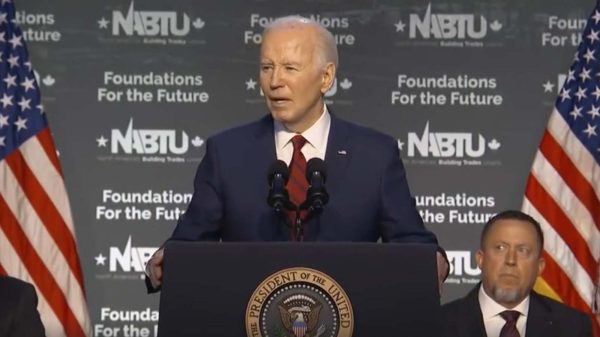
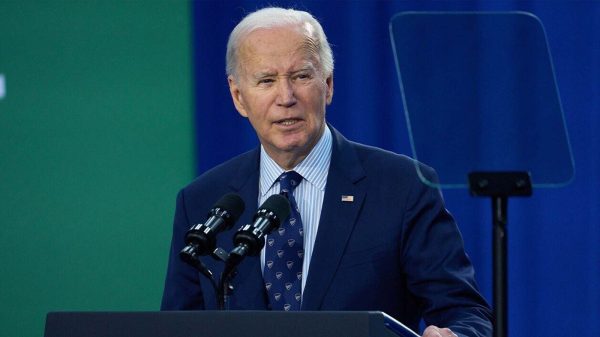
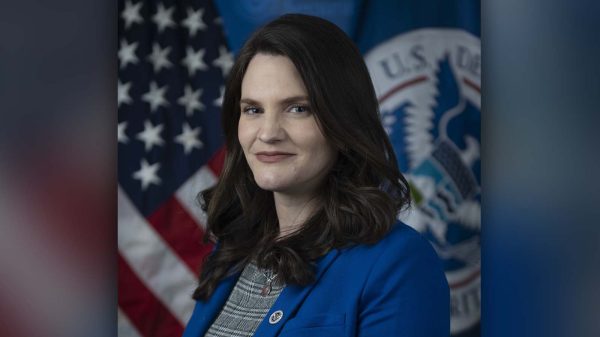
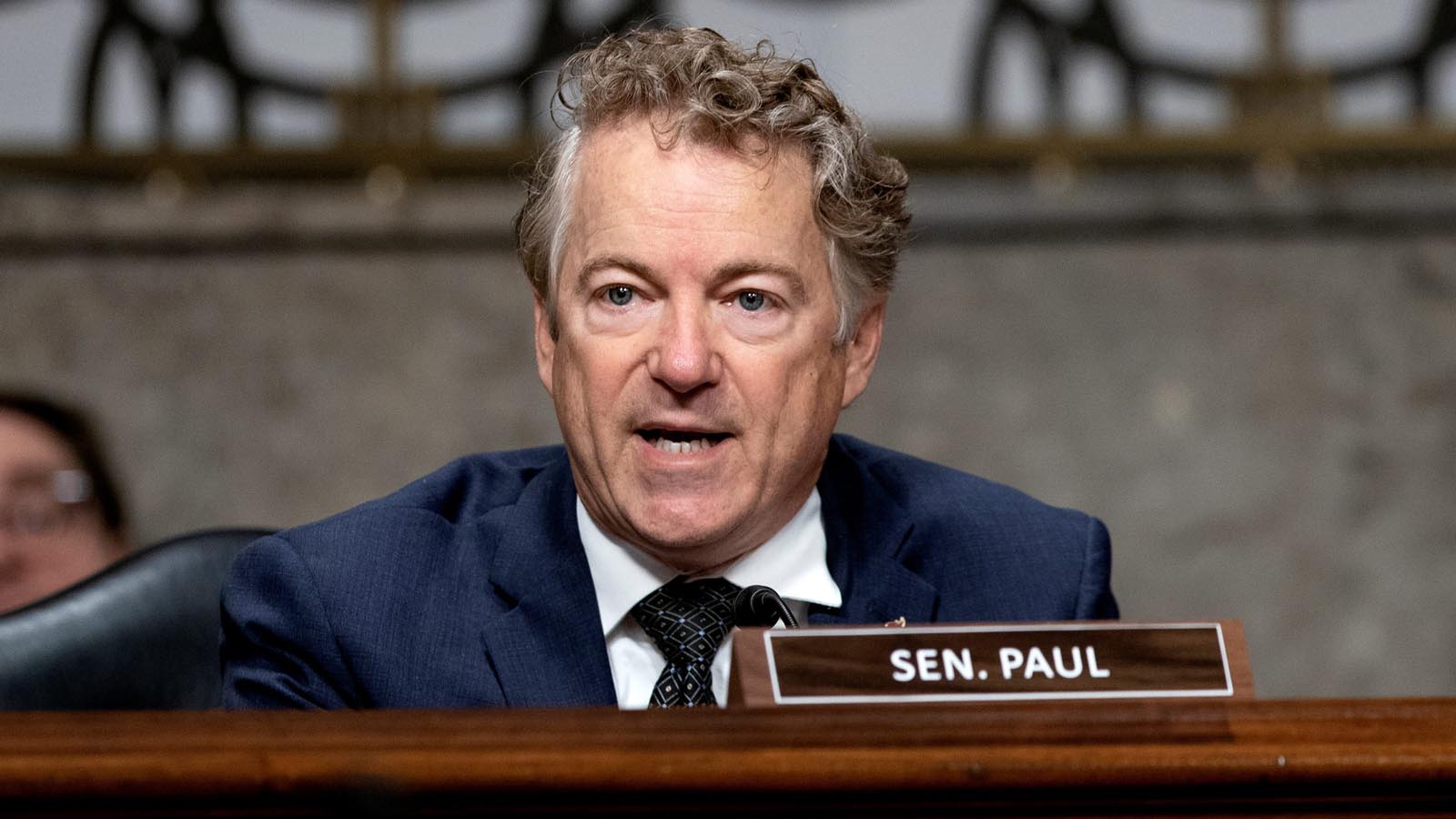


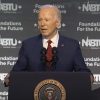
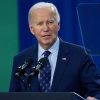

Reminds me of Event 201 exercise conducted by Bill Gates back in 2019.
Also makes you wonder what is his “TRUE INTENTIONS” besides the obvious w/ him buying roughly 270,000 acres of farmland in less than a decade.
As well as Amazon founder and chairman Jeff Bezos has amassed 420,000 acres in recent years.
Other noteworthy farmland investors include Ted Turner and Thomas Peterffy
The federal government owns roughly 640 million acres, about 28% of the 2.27 billion acres of land in the United States. Four major federal land management agencies administer 606.5 million acres of this land (as of September 30, 2018)
How about Chinese owners owned about 192,000 acres of farmland in the U.S., according to the USDA. By 2019, the USDA says foreign ownership of U.S. acres exceeded 35.2 million acres, a 60 percent increase from the decade prior as of Feb 4, 2022.
America’s future isn’t looking good insofar as made in America w/ American farmers selling out local farms & goods we eat on a daily basis, due to this drought supposedly brought on by the “CLIMATE CHANGE” quakes…
With Kentucky & other states throughout the years experiencing flooding & mudslides associated w/heavy rains, you’d think someone would think about a ways & means to divert the water to other states that are experiencing drought like conditions to help fill lakes & dams.
Reminds me of the government experiment w/ our climate called Operation Popeye.
Project Popeye was the experiment in increased rainfall through cloud seeding leading up to Operation Popeye. The technical aspects of the experiment were verified by Dr. Donald F. Hornig, Special Assistant to the President of the United States for Science and Technology.
Interesting article from Popular Science~ With Operation Popeye, the U.S. government made weather an instrument of war
As geo-engineering projects soar, the declassified project is newly relevant.
Something to think about especially knowing America the land of the free home of the brave~ we all know what that is referring to, ‘BUT” @ the same time the “LAND” of the “FREE” & who all is investing “OUR” American land & their true purpose is questionable @ best!!!